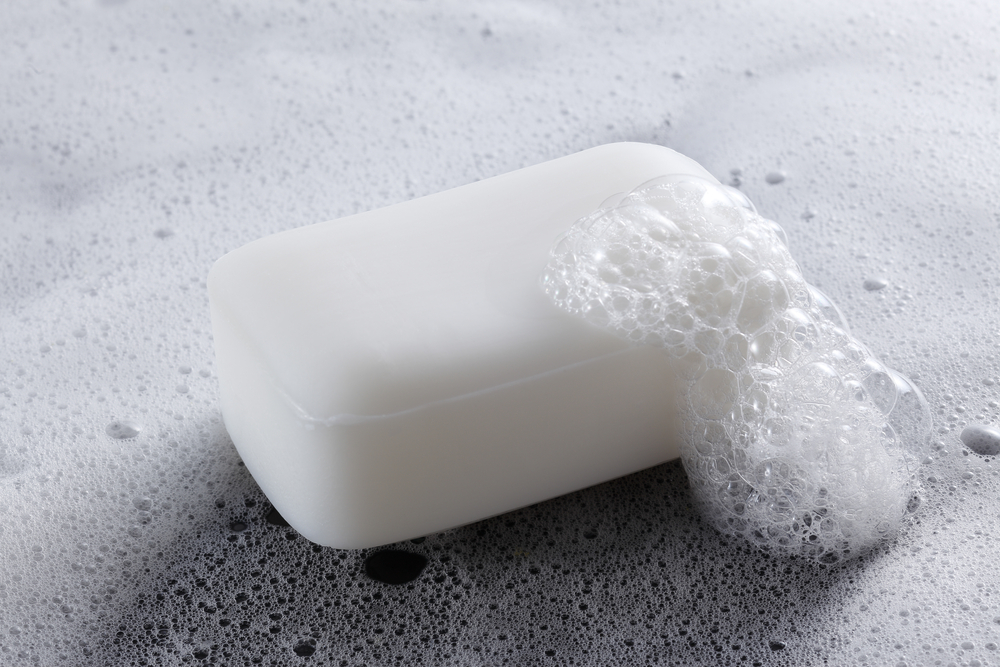
A study conducted by the University of Campinas (UNICAMP) in Brazil shows that triclosan, an antimicrobial compound, may inhibit deadly enzymes and fight otherwise resistant parasites.
Triclosan is a compound used in basic bathroom items like soap, toothpaste, and deodorant. The new study showed that it can inhibit select genes in the malaria parasite during its stage of reproduction in hosts’ liver cells and when it first infects red blood cells. It is well-regarded as a safe product — as it has been used for 40 years — and, according to researchers, the fact that it can combat even drug-resistant parasites makes it “an exciting candidate for further development as a dual specificity antimalarial, which could target both the liver and blood stages of the parasite”.
“The compound itself could be a therapeutic option, but I believe it would be more worthwhile to develop analogous molecules with minor structural alterations that could make it even more effective against the parasite,” Elizabeth Bilsland, a professor in the Structural & Functional Biology Department of UNICAMP’s Biology Institute and co-principal investigator for the project, said.
Triclosan manages all this by inhibiting enzymes essential to Plasmodium, which causes malaria. Existing drugs used to target malaria run up against serious issues, from time to time. In approximately 10 percent of those infected, a genetic mutation can cause severe side effects during treatment with tafenoquine or primaquine that include outright fatality due to the destruction of red blood cells.
“The development of new drugs that can attack P. vivax in both the hepatic and erythrocytic stages is urgently needed since there are reports of parasites resistant to each of the antimalarial drugs on the market,” Bilsland said. “If there are different targets, they’ll be less likely to develop drug resistance.”
This study was supported by the São Paulo Research Foundation and collaborated with the Universities of Cambridge, Manchester, Gothenburg and São Paulo. Results were published in Scientific Reports.




